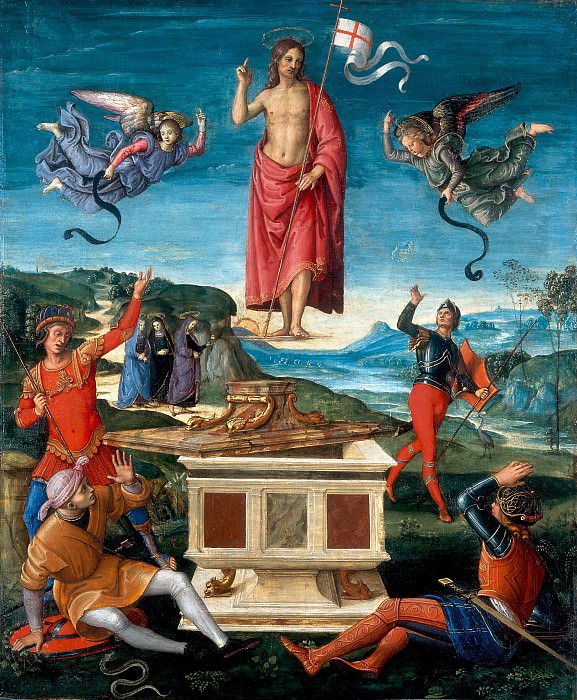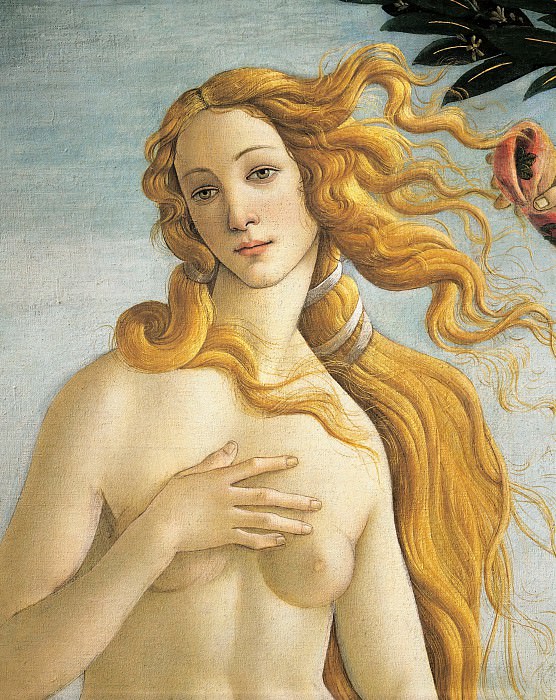Takashi Murakami: A Revolutionary in Contemporary Art
Takashi Murakami, born on February 1, 1962, in Tokyo, Japan, has become one of the most influential figures in contemporary art. Known for his unique style that blends traditional Japanese art with modern pop culture, Murakami has redefined what it means to be a contemporary artist. His work spans various media, including painting, sculpture, fashion, and even commercial products, making him a versatile and prolific creator.
Early Life and Influences
Murakami's journey into the art world began in his early childhood. Growing up in post-war Japan, he was deeply influenced by both traditional Japanese art forms and the burgeoning pop culture of the time. He was particularly fascinated by anime and manga, which played a significant role in shaping his artistic vision. Murakami pursued formal education in art, attending the Tokyo University of the Arts, where he earned a Ph.D. in Nihonga, a traditional Japanese painting style. This academic background provided him with a solid foundation in classical techniques, which he later fused with contemporary elements to create his signature style.
The Superflat Movement
One of Murakami's most significant contributions to contemporary art is the creation of the Superflat movement. Coined by Murakami in 2000, Superflat is a postmodern art movement characterized by its use of flat, two-dimensional imagery and a lack of depth. This aesthetic draws heavily from traditional Japanese art, anime, and manga, reflecting Murakami's cultural heritage and personal interests. The Superflat movement also critiques the superficiality and consumerism of modern society, making it a powerful commentary on contemporary culture.
Iconic Works and Themes
Murakami's art is instantly recognizable, featuring vibrant colors, bold patterns, and whimsical characters. One of his most famous creations is Mr. DOB, a character that embodies the fusion of traditional and modern influences. Mr. DOB has become a recurring motif in Murakami's work, evolving over the years and appearing in various forms, from paintings to sculptures. Another notable work is "Kaikai and Kiki," two characters that represent the duality of innocence and malevolence. These characters, along with many others, populate Murakami's universe, creating a rich and immersive visual experience.
Murakami's work often explores themes of consumerism, globalization, and the intersection of high and low culture. His collaborations with major brands like Louis Vuitton and artists like Kanye West further blur the lines between fine art and commercialism, challenging traditional notions of artistic value and authenticity. These collaborations have not only expanded Murakami's reach but have also introduced contemporary art to a broader audience, making his work accessible to people from all walks of life.
Exhibitions and Global Impact
Murakami's art has been exhibited in prestigious galleries and museums worldwide, cementing his status as a global icon. His first major international exhibition, "Superflat," debuted in 2001 and traveled to several countries, garnering critical acclaim and widespread attention. Subsequent exhibitions, such as "Murakami-Ego" in Qatar and "The Octopus Eats Its Own Leg" in Chicago, have further solidified his reputation as a trailblazer in contemporary art.
In addition to his solo exhibitions, Murakami has participated in numerous group shows and art fairs, showcasing his work alongside other leading contemporary artists. His contributions to the art world have been recognized with various awards and honors, highlighting his impact and influence on the global art scene.
The Commercial Success of Murakami's Art
Murakami's ability to seamlessly blend art and commerce has played a crucial role in his success. His collaborations with luxury brands and popular culture icons have not only brought his work into the mainstream but have also created lucrative opportunities for the artist. The partnership with Louis Vuitton, for example, resulted in a highly successful line of handbags and accessories featuring Murakami's signature motifs. These products became coveted items among fashion enthusiasts and art collectors alike, demonstrating the commercial viability of Murakami's art.
The Philosophy Behind Murakami's Art
At the core of Murakami's work is a deep philosophical exploration of the relationship between art and society. He often draws parallels between the art world and the commercial world, challenging the traditional hierarchy that places fine art above mass-produced goods. By embracing both high and low culture, Murakami questions the boundaries of artistic value and invites viewers to reconsider their perceptions of what constitutes art.
Murakami's philosophy is also deeply rooted in his Japanese heritage. He draws inspiration from traditional Japanese aesthetics, such as the concept of "ma" (negative space) and the appreciation of imperfection, which he incorporates into his work. This blend of traditional and contemporary elements creates a unique and dynamic visual language that resonates with audiences worldwide.
Murakami's Influence on Contemporary Art
Murakami's impact on contemporary art extends beyond his own work. As the founder of Kaikai Kiki Co., Ltd., an art production and management company, he has nurtured and promoted emerging artists, providing them with a platform to showcase their work. This mentorship has helped to shape the next generation of contemporary artists, ensuring that Murakami's influence will continue to be felt for years to come.
The Future of Murakami's Art
As Murakami continues to push the boundaries of contemporary art, his work remains as relevant and provocative as ever. His recent projects, such as collaborations with younger artists and ventures into digital art, demonstrate his commitment to innovation and experimentation. By embracing new technologies and platforms, Murakami ensures that his art will continue to evolve and resonate with future audiences.
Conclusion
Takashi Murakami's contributions to contemporary art are unparalleled. His unique ability to blend traditional Japanese art with modern pop culture has created a distinctive and influential style that challenges conventional notions of art and commerce. Through his pioneering work in the Superflat movement, his iconic characters and motifs, and his impactful collaborations, Murakami has left an indelible mark on the art world. As he continues to innovate and inspire, Takashi Murakami remains a visionary artist whose work will undoubtedly shape the future of contemporary art.














